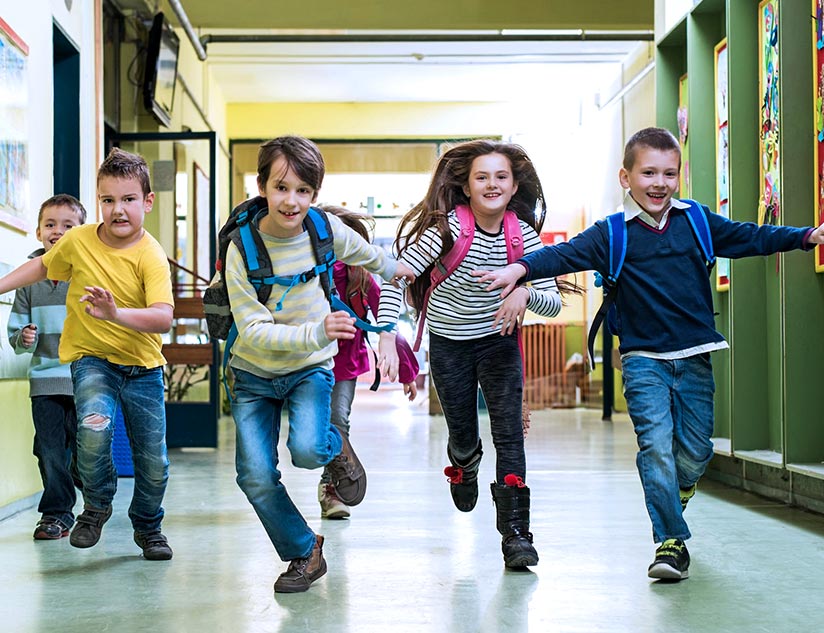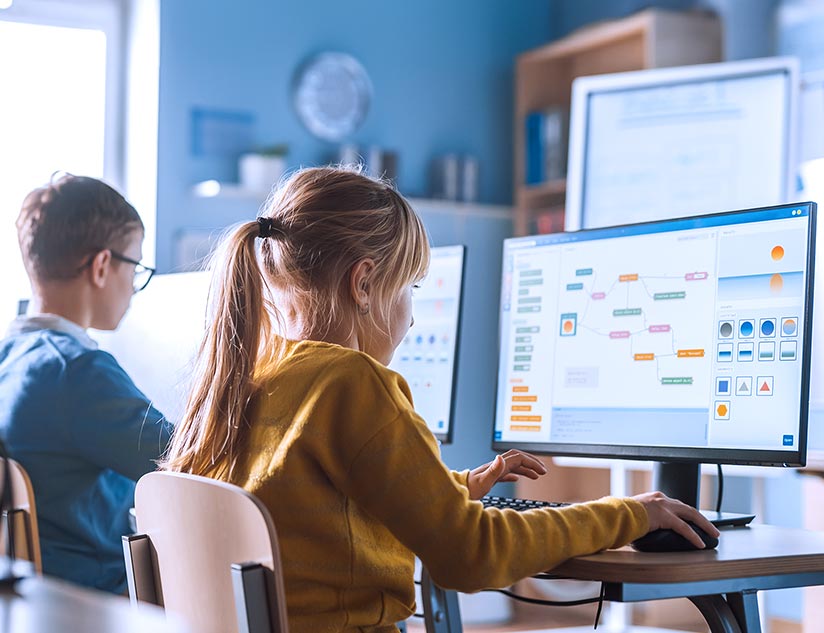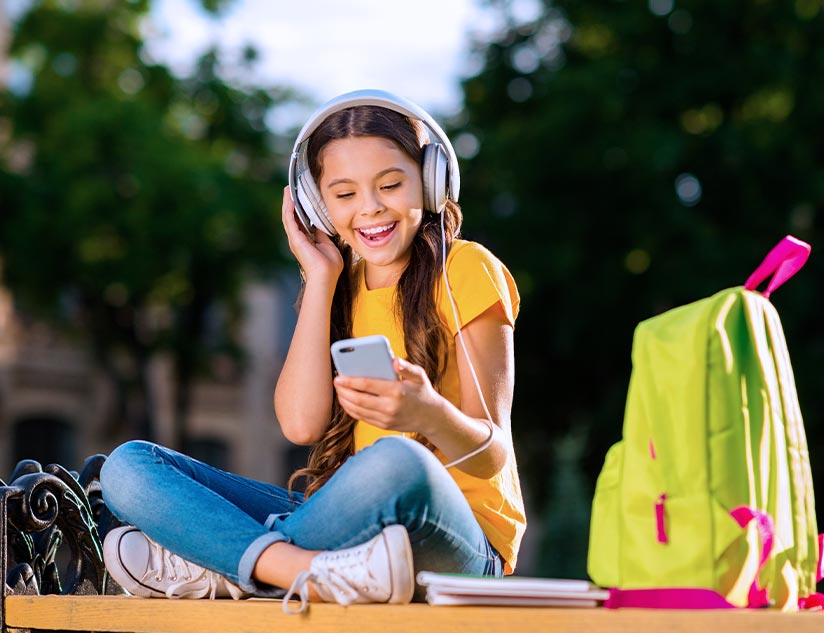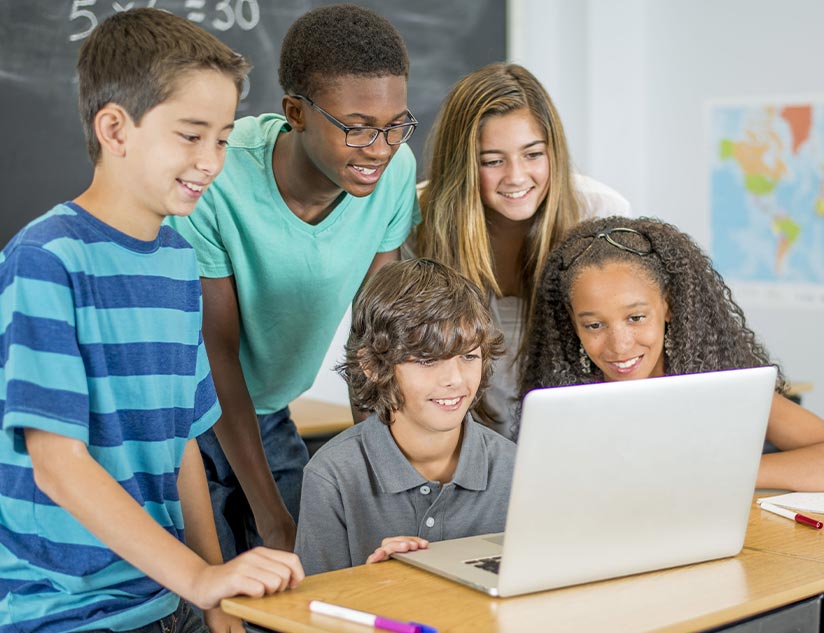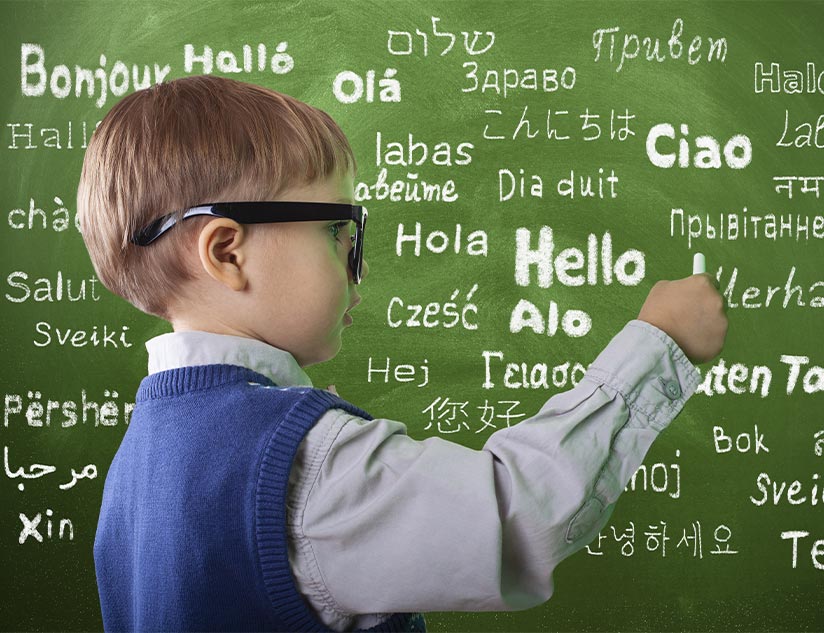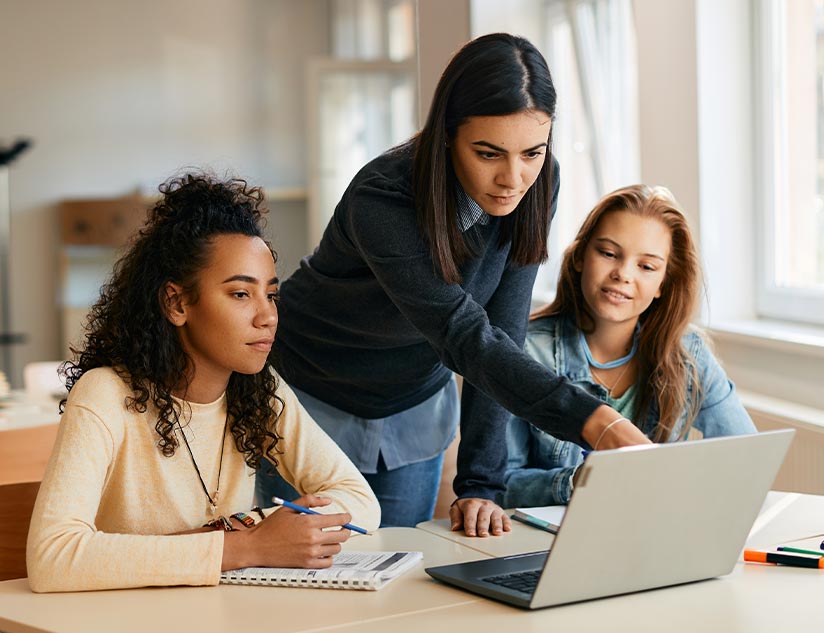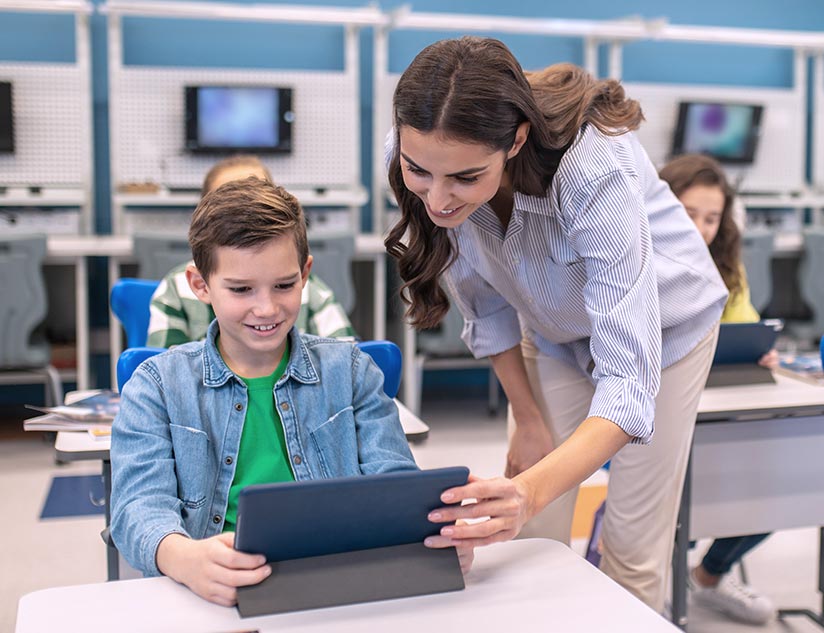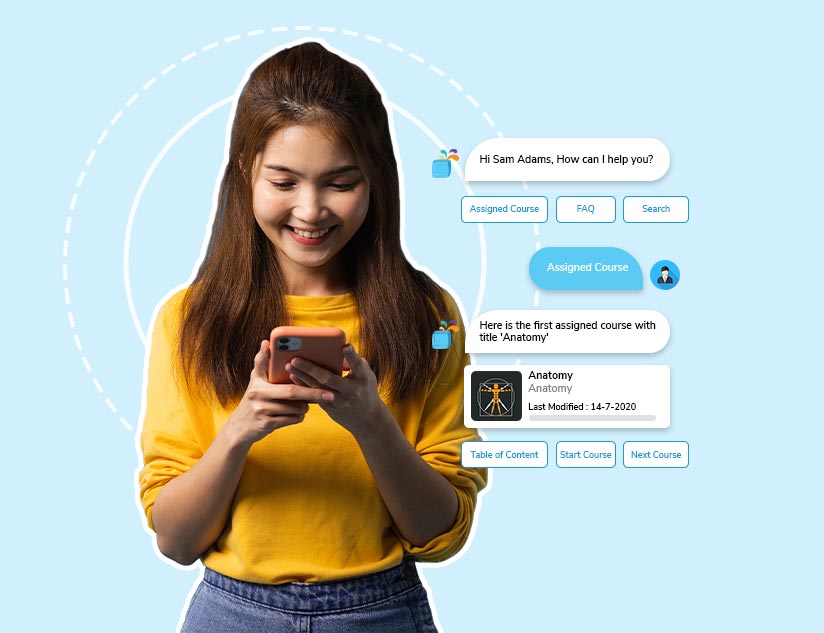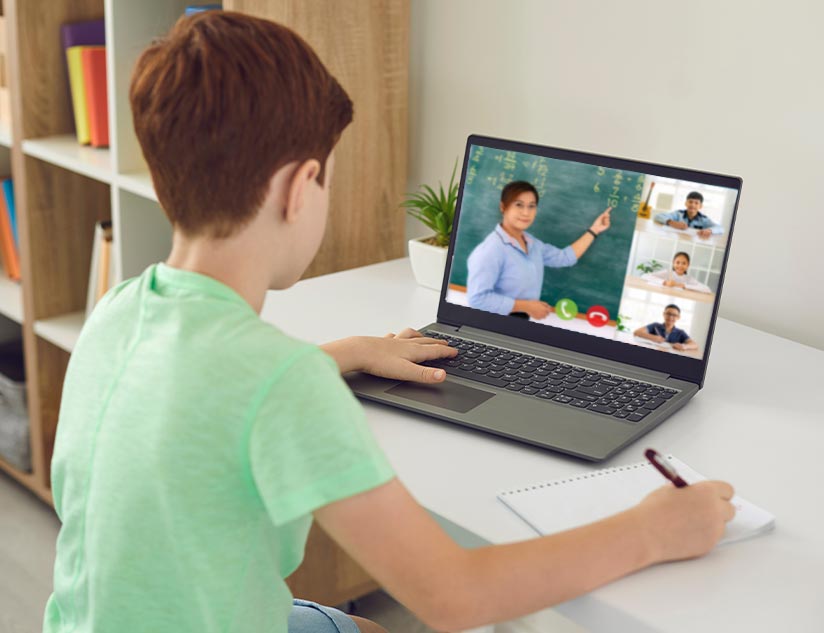Social distancing is the need of the times during the COVID-19 pandemic. But it is nothing new! In fact, it goes back almost 700 years, to the bubonic plague of 1348! Social distancing is not even something exclusive to humans. In nature, monkeys, birds, fish, and insects detect the infected members of their group and distance themselves. In nature, things that don’t work, slowly wither away. This gives us an indication of the effectiveness of social distancing.
Social distancing has been a great tool in containing the spread of the coronavirus during the current pandemic too, especially as the economy and businesses start to reopen. But can social distancing be seen as a viable option for schools as well? Social distancing, if maintained properly, can be effective in schools too. But in schools, that is extremely difficult to follow.
Why Educators Want Schools to Remain Closed
According to the government guidelines, the distance of at least 6 feet should be maintained between two people at all times. Also, the maximum number of participants in an activity can be 10 per group for indoor spaces, which would lead to smaller class sizes. Then, daily temperature measurements of all the students, teachers, and other staff would be needed. It would also be important to ensure that everyone wears a mask at all times.
Also, classrooms are not the only places of concern in a school. Cafeterias, hallways, washrooms, and gyms tend to be even more crowded than classrooms. Then, there are the buses! Buses would have to ply at reduced capacity. They would also need to be sanitized before and after each run. On the plastic surfaces of the bus, the coronavirus can survive for up to 3 days! If different children sit on the same seat, there is a high chance of rapid spread of the virus. Such guidelines are extremely difficult for schools to follow with the resources and infrastructure they have at their disposal.
Parents also realize that social distancing might not be a success in schools. In a recent survey, 67% of the parents responded that they are unlikely to send their children to school if schools open in fall. Even teachers are not in favor of the idea of reopening schools. Teachers feel they have not been provided adequate training to keep children safe in the classroom in the current environment. In a survey by USA Today, it was found that 20% of the teachers would avoid going back if schools reopen in fall. So, if the schools reopen too early, we can see a massive wave of student dropouts and teacher resignations.
In such a situation, the best course of action seems to be remote learning! But for effective implementation of remote learning, you need the right tools, just a video conferencing app won’t do.
How EdTech Provides a Holistic Learning Experience
COVID-19 has proven to be a huge obstacle for the education sector, with remote learning emerging as the only feasible option. But for remote learning to be effective, you need to use the right EdTech tools. Here are some of the ways in which EdTech improves the remote learning experience.
- Video Classrooms and Interactive Video Content
Video lessons using general-purpose video conferencing apps like Zoom can be extremely bland and boring, if not completely disturbing with too many students. But when you use advanced learning management systems, such as MagicBox™, engaging video lessons become easy to offer. Teachers can make bite-sized video lessons, promoting microlearning. In fact, with MagicBox™, video technology even extends to assessments. In this, the teacher can provide video assignments to students, which can be completed asynchronously. The teacher can give also provide personalized feedback, with video comments and time-stamped text.
- Offline Learning
One of the biggest stumbling blocks for remote learning through video conferencing tools is infrastructure. Such video conferencing tools generally require a stable internet connection. But the problem is that 44% of households with an annual income below $30,000 do not have reliable internet connectivity. This is why offline learning content is extremely important.
Here too. MagicBox™ can help, with its offline eReader, where students can download content and view at their own convenience, even without internet connectivity. This ensures equal access to information.
- Accessibility Across Platforms and Devices
Another problem many students face is that most video conferencing platforms require a computer. But not all households have one! Even if there is a computer, it might not be available at all times. This is why the lessons must be available on not just computers, but smartphones and tablets as well. They should also be accessible on all devices, whether they are Android, Windows or iOS.
- Data Privacy
The problems with the data privacy protocols of video conferencing apps, such as Zoom, have been highlighted numerous times during the pandemic. Zoom was even banned in certain places due to lapses in data privacy. Again, a robust LMS, compliant with guidelines like FERPA and COPPA can make the learning experience safe for students.
- Robust Analytics
Knowing how well a student is doing can be difficult in case of remote learning. But with MagicBox™, teachers can access detailed analytics about each student’s content consumption pattern, learning behavior, and progress. This allows teachers to personalize the learning journey and improve the overall experience. Analytics can also help content creators improve their content and add interactive elements to ensure greater engagement and better academic outcomes.
Are you ready to take remote learning to the next level? Contact us today!







